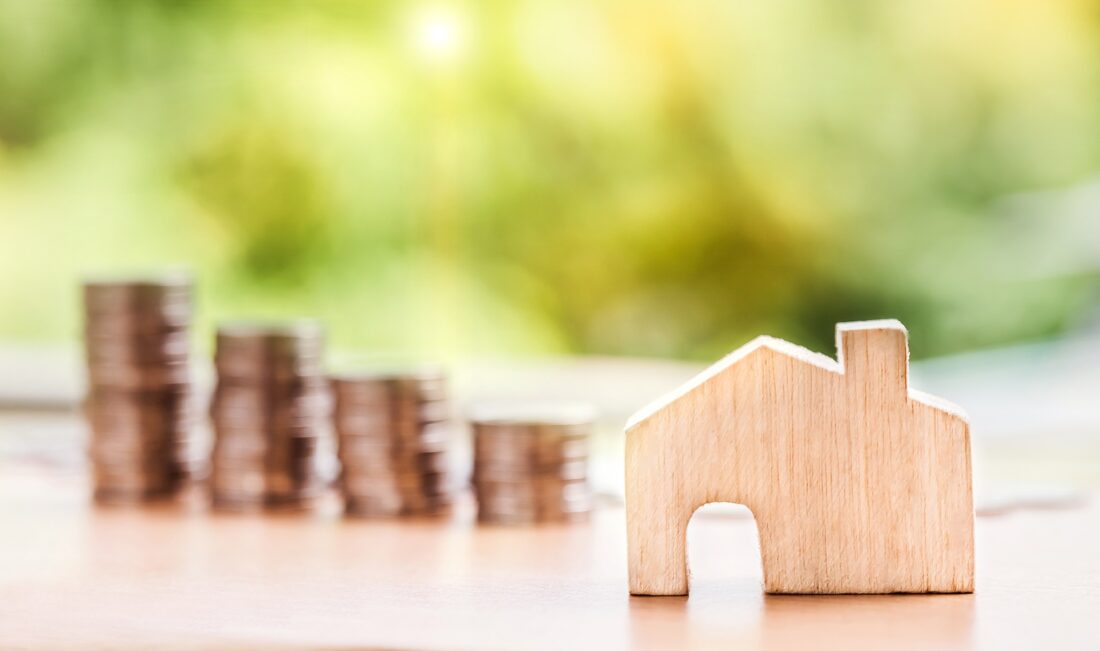You may have heard of financial terms like “private equity”, “debt capital”, and “venture capital”. Those are all terms that managers like Sun Capital Partner’s Marc Leder deal with on a daily basis. All of those terms refer to investments, and there are some key differences between them. It is important to understand those differences if you are an entrepreneur, so that you know which one will be most applicable to you.

Debt Capital
Debt capital is very closely related to a bank loan, which is one that is repaid with interest. Debt financing is common with new entrepreneurs who need startup capital. This is why most will go to a regular bank, although investment banks exist for those who require very large sums of money. The investor who provides debt capital does so because this is a low risk type of financing, particularly when compared to private equity. This is because the money is borrowed to you, in the same way as a mortgage or car finance. The interest rates vary, although an investor will usually want to see at least a 10% return on the money they received. There are usually stringent time limits attached to this as well.
Private Equity
Private equity is very different because you don’t have to pay it back to an investor. Rather, it looks at the money that is in a business, collected through growth. Usually, it comes from an equity fund owned by high net worth individuals who look at ways to grow not just their own capital, but the economy as a whole as well.
Venture Capital and Private Equity
Private equity comes from private individuals or institutions owned by private individuals. Usually, these individuals are people who have a great deal of financial experience, including institutional investors. Venture capital is very similar to this, but it is generally only provided to companies that they can prove they have high growth potential. Venture capital, in a way, is less risky than private equity, in other words.
Anyone who approaches people like Marc Leder, or firms like Sun Capital Partners, must do so with a well-thought through plan. While debt capital is usually the easiest to obtain, it is also the most expensive and generally in the lowest amounts. Venture capital and private equity will give you far more chances of really experiencing growth because, firstly, the money involved can easily reach millions of dollars and, secondly, because you will have the financial expertise of people like Marc Leder behind you. However, because these financial investments are more high risk than debt capital, they are also more difficult to obtain and competition is fierce.
In order to be considered for venture or private equity capital, you have to be able to demonstrate that you are better than anyone else. You must be able to show that you have an excellent management team and a clear strategic direction. Essentially, you have to be a profitable, established company that is looking at a way to grow even bigger.

